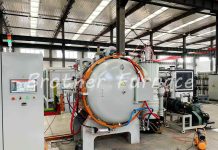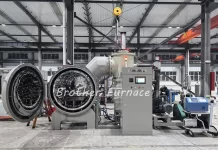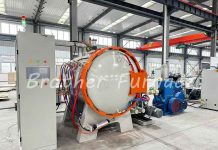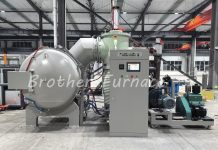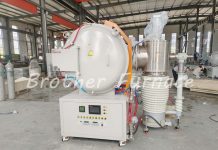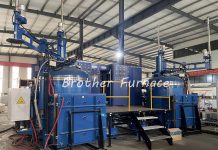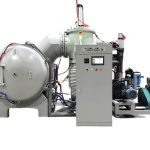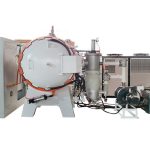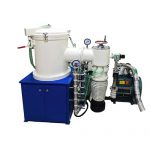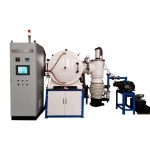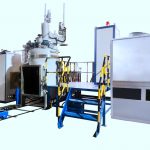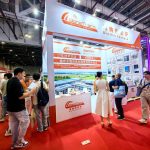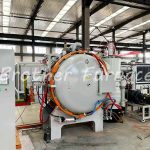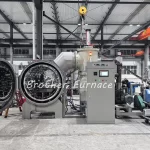Vacuum furnaces are indispensable tools in modern laboratories, enabling high-temperature processing in oxygen-free environments with exceptional control over material properties. Tailored for research and small-scale applications, Brother Furnace laboratory vacuum furnaces prioritize precision, adaptability, and safety. Below are the key aspects that make these systems ideal for scientific exploration.
Compact Design and Scalability
Laboratory-scale vacuum furnaces typically feature compact chamber dimensions (e.g., ≤500×500×500mm), making them suitable for confined lab spaces. Despite their smaller size, they retain the core functionalities of industrial systems, with options for customization to accommodate specific experimental requirements.
Temperature Range and Heating Elements
Laboratory furnaces support diverse temperature ranges based on heating elements:
- Heating wires (1200℃) and SiC elements (1400℃) are common for routine material synthesis.
- MoSi2 elements (1700℃), Molybdenum (1350℃), and graphite elements (2200℃) cater to high-temperature experiments like advanced ceramics or refractory metal processing.
- Precise heating rates (<20℃/min) ensure controlled thermal profiles, critical for reproducibility in research.
High Vacuum Performance
Laboratory applications often demand ultra-high vacuum levels (up to 7×10⁻⁴ Pa). Systems achieve this through combinations of:
- Mechanical pumps (base vacuum: ~10 Pa).
- Diffusion or molecular pumps (for high/ultra-high vacuum).
Such environments eliminate oxidation and contamination, essential for semiconductor wafer annealing or sensitive material synthesis.
Advanced Control and Monitoring
Laboratory workflows rely on automation and precision:
- Programmable Controllers: 51-segment PID/PLC systems enable automated heating, cooling, and dwell time protocols.
- Touchscreen Interfaces: Simplify parameter adjustments and real-time monitoring.
- Safety Features: Over-temperature protection, thermocouple failure alerts, and auto-shutdown mechanisms ensure unattended operation.
- PC Integration: Optional software allows remote control and data logging, enhancing repeatability and documentation.
Material Compatibility and Chamber Design
Chambers utilize materials suited to lab-scale thermal cycling:
- Ceramic fiber insulation (1200–1700℃) balances heat retention and energy efficiency.
- Molybdenum-lined and stainless steel structures ensure a clean chamber and durability.
- The graphite chamber can withstand higher temperatures.
- Water-cooled outer casings maintain surface temperatures below 30℃, safeguarding lab personnel.
Cooling Systems for Rapid Quenching
Fast cooling is achieved via gas quenching (inert gases like argon or nitrogen), oil quenching, or water-cooled jackets, enabling rapid phase transformations in materials like alloys or 3D-printed components.
Key Laboratory Applications
- Material Science: Synthesis of ceramics, composites, and nanomaterials under controlled atmospheres.
- Semiconductor Research: Annealing and diffusion processes for wafer fabrication.
- Biomedical Engineering: Sintering of biocompatible implants or sterilization of medical devices.
- Additive Manufacturing: Post-processing of metal 3D-printed parts to enhance mechanical properties.
Our Laboratory vacuum furnaces combine compact design, precise control, and high-performance vacuum capabilities to meet the rigorous demands of scientific research. Their adaptability to diverse heating elements, programmable workflows, and safety features make them vital for advancing innovations in materials, electronics, and biomedical fields.
For specialized applications, custom configurations in chamber geometry or thermal profiles can further optimize experimental outcomes.
We offer:
- Free Collaborative Design
- Global Installation & Training
- 24/7 Remote Diagnostics
Contact us now for a custom quote or free design consultation.
Vacuum furnaces recommend :
- Vacuum Brazing Furnace
- Vacuum Sintering Furnace up to 1700℃
- Vacuum Induction Melting Furnace
- Graphite Vacuum Furnace up to 2200℃
- Vacuum Gas Quenching Furnace
- Vacuum Hot Press Furnace
Follow us on Facebook





